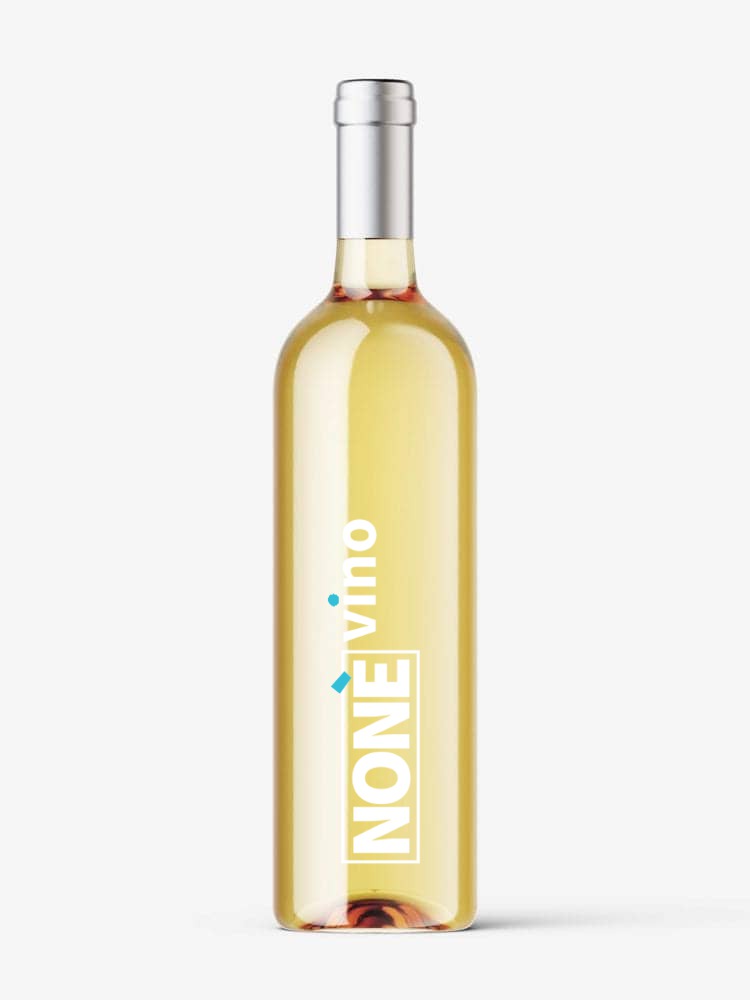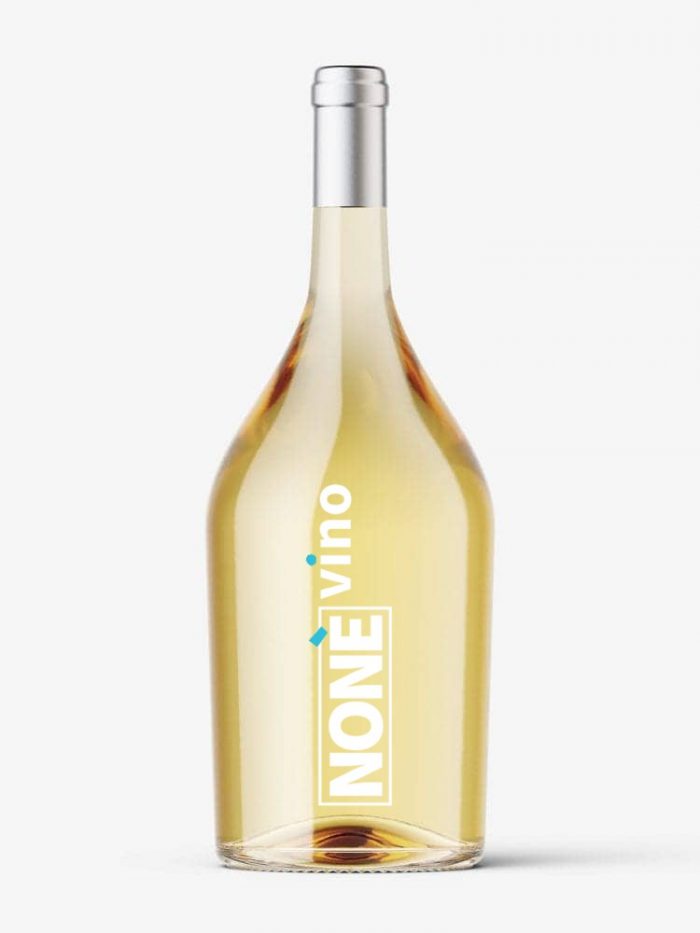The geographical area dedicated to the production of the DOC Collio Goriziano (Collio) wine extends in the northern hilly area of the province of Gorizia located between the rivers Isonzo to the east, Judrio to the west and the state border with the Republic of Slovenia to the north and the Isonzo plain south.
In an area that is adequately ventilated, bright and favorable to the fulfillment of all the vegetative-productive functions of the vineyards.
The Production Area of the DOC Collio Goriziano (Collio) wine is located in:
– province of Gorizia and includes the territory of the municipalities of Capriva del Friuli, Cormòns, Dolegna del Collio, Farra d’Isonzo, Gorizia, Mossa, San Floriano del Collio and San Lorenzo Isontino.
During the vinification phases, only loyal and constant oenological practices of the area are allowed, suitable to give the wines their peculiar quality characteristics.
The oenological practices of vinification of the DOC Collio Goriziano wine include, among other things, that:
– The maximum yield of grapes in DOC Collio Goriziano wine must not exceed 70% and 60% for the type of Picolit wine; if these parameters are exceeded within the limit of 5%, the excess must be redeveloped in another denomination. Beyond these limits, the right to DOC for the whole product lapses.
– On the labels of each type of DOC Collio Goriziano wine it is mandatory to report the year of production of the grapes.
The DOC Collio Goriziano White and Red wines (excluding the Picolit type), with a minimum natural alcoholic strength of 12.00% vol, and a minimum non-reducing extract of 18 g / l for whites and 22 g / l for reds, can adopt the term Riserva, provided that:
a) the wines have not undergone enrichment operations;
b) the red wines have been aged for a period of 30 months, of which at least 6 in wooden barrels;
c) the white wines have been subjected to aging for a period of 20 months.
In the collective imagination, the word Collio is synonymous with excellent white wine.
The winemaking history of the Collio, as is the case for most of the territories where man is closely linked with the environment, making agricultural what was susceptible to this destination, has distant origins. This is attested by numerous documents that from Roman times to the present day describe the evolutionary stages of a viticulture that denotes an evident connection between human factors, the environment, history and traditions.
Herodian, Greek historian of the Roman imperial age, in 238 AD. he mentioned vines married to apple, pear and fig trees, but also recalled that the wine vessels of this area were used, once tied together, to form a bridge over the Isonzo for the passage of the Emperor Maximin the Thrace. This episode confirms that at that time the production of wine in these districts must have been very conspicuous.
Other quotes on the cultivation of the vine can be found in documents relating to the period of the Goths, the Lombards and the Aquileian patriarchate, where wine was collected as a tribute.
In ancient notarial documents of the fourteenth and fifteenth centuries donations and sales of vineyards are mentioned. But it is in 1600 that the names of the wine produced in the Collio begin to appear. Among these we mention the Ribolla and the Cividino among the whites and, in the following centuries, the Refosco and the Corvino among the reds.
From the mid-1700s to the end of the 1800s, the Teresian Agricultural Society carried out an active and profitable work for the development of the Collio viticulture. This is due in particular to the illustrious figure of Giacomo Fabricio.
The merit of having perfected and spreading a terraced vine cultivation system called “roncs”, a technique still followed even if on larger dimensions than then, which sees the placement of a row of vines, sometimes two , for each terrace, as in those days the plots were of modest size due to the considerable fragmentation of the property.
Modern viticulture was born in Collio in the second half of the 1800s by Count Teodoro Latour who was responsible for the introduction of fine French and German wine grape varieties to replace local varieties of lesser interest. White grape varieties always prevail, so much so that the chronicle of the early 1900s reports that about 90% of the Collio wine was white and the rest red.
At the end of the Second World War the Collio found itself separated by a border between the Italian Republic and the Federal Republic of Yugoslavia, giving rise to an Italian Collio and Brda in the Slovenian part. And so a territory that has always been united by history, culture and traditions, where Friulian, Slovenian, and German were spoken in the Italian part, dividing, not only took different evolutionary paths but broke the unity of many farms, separating and placing buildings and land respectively in two different states with serious damage to the economic management of the companies themselves.
The DOC Collio Goriziano wine obtained the recognition of the Controlled Designation of Origin on May 24, 1968.







